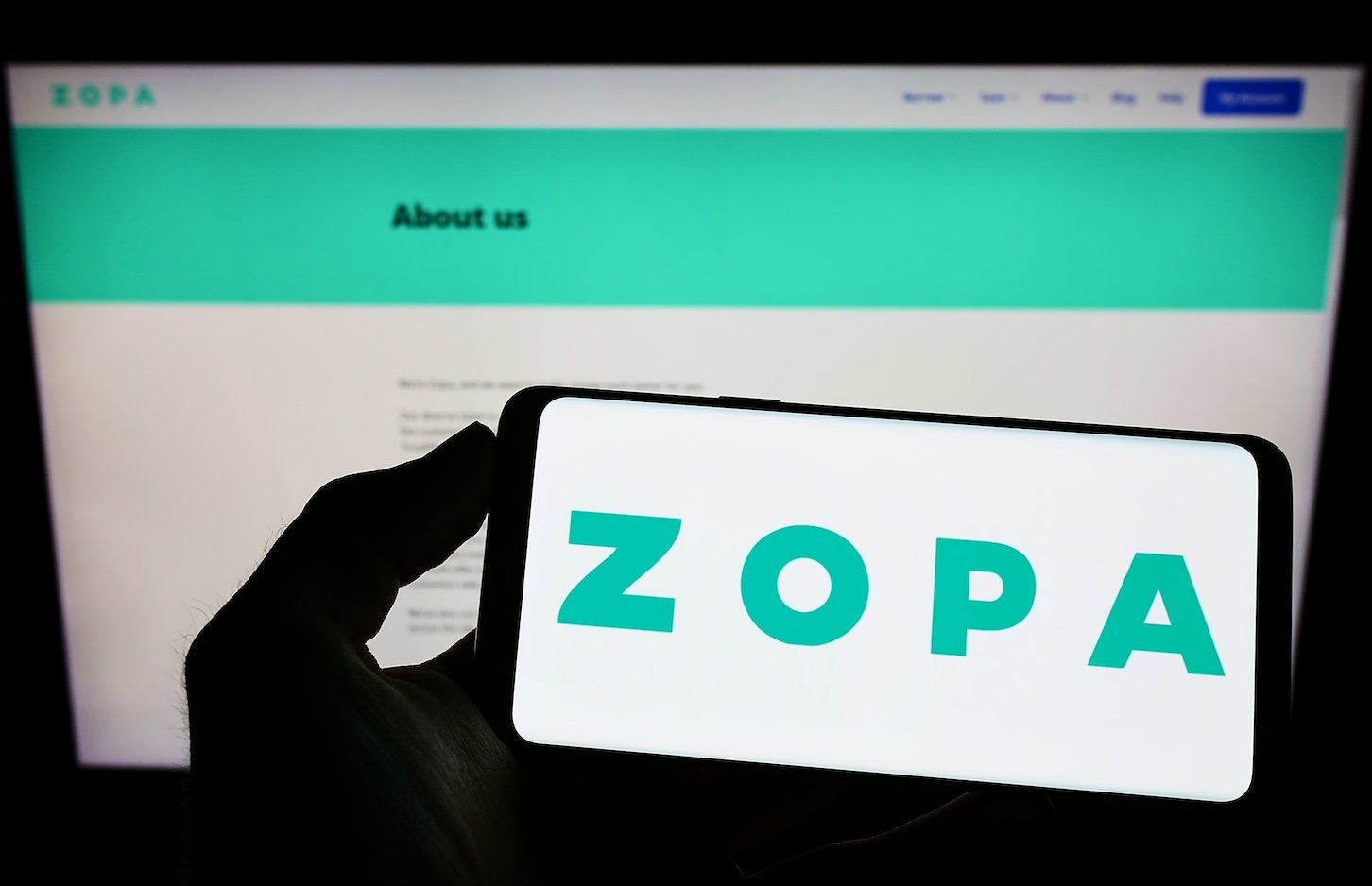Verdict
This entry-level OLED doesn’t short-change when it comes to image quality or features. All four HDMI inputs are high-frame rate capable, and Philips shiny new Titan OS is stacked with streaming apps. No TV aerial? No problem – there’s Freely on-board too…
-
Impressive OLED images at a sharp price -
Three-sided Ambilight -
Titan smart TV OS with Freely TV over Wi-Fi
-
Lacks flagship OLED brightness -
High input lag -
Menu navigation quirks
Key Features
-
HDR
Covers all the main HDR formats -
Gaming
VRR support for consoles and PC -
Titan OS
Simple, intutuive interface with apps and access to Freely
Introduction
The 55OLED760 is an affordable OLED TV elevated by Philips unique Ambilight mood lighting. It offers 4K/120Hz gameplay on all four HDMI inputs, boasts a content-rich smart platform, and even treats buyers to Freely, the no-aerial alternative to Freeview.
Is this the best low-cost OLED you can buy right now? The signs are good – but there is a major caveat. Time to haul one onto the test bench…
Price
The OLED760 is available in 48-, 55-, 65- and 77-inch screen sizes. I’m testing the 55-incher, which sells for £999. Envious US and Australian buyers miss out, as this model isn’t available in either territory.
I think this makes the OLED760 comfortably the cheapest 55-inch OLED available in the UK, outside of Black Friday and Xmas promotions.
Design
- Three-sided Ambilight
- Minimalist Edge Stand design
- Backlit remote control
Elegant, with rod-like boots positioned near the edge of the frame, the 55-inch OLED760 has a contemporary, minimalist look. Philips designers dub the style ‘Edge Stand,’ which I guess is accurate enough. The panel itself is wafer thin, and wrapped in a miniscule black frame.

A back bulge accommodates connections, electronics and sound system. Rear-mounted Ambilight LED bulbs provide wall illumination.
Like all glossy OLEDs, the screen is reflective, so take care with placement.
Connectivity
- Four HDMI inputs
- Wi-Fi and Bluetooth
- All HDMIs support 4K/120Hz
It may be cheap(ish), but this OLED gets one over on some more expensive rivals when it comes to connectivity. All four HDMI support high frame rate 4K 120Hz gameplay, with HDMI 2 also ARC/eARC enabled.


Add two USB ports, a digital optical audio out, headphone jack, CI slot, Ethernet, and Wi-Fi/Bluetooth 5.2, and you have a full hand of functionality. For a low level OLED, this is as versatile as you could hope.
User Experience
- Titan smart OS
- Freely
- Game menu
The Titan OS may not spring readily to mind when it comes to fully-featured smart TV platforms, but it acquits itself well enough, and represents a viable alternative to Google TV. It’s responsive, uncluttered, and leans into content discovery, much like VIDAA from Hisense, or Roku.
There’s easy access to key streaming services, and content can be browsed by category, or recommendations.
Gamers even get a dedicated pop-up Game interface, for quick overview of relevant settings.


But I’ve a bug-bear when it comes to usability. The default when you open the menu is ‘Eco Settings.’ Surely the default should be ‘All Settings’, which is invariably where I would prefer to start? Consequently, every menu call requires additional clicks to get anywhere useful.
The TV ships with Philips new style remote control, which feels rather premium in the hand. It’s backlit, for easier dark room use, and has instant access buttons for Netflix, Prime Video, Disney+, YouTube, Titan Fast channels, and significantly, Freely, the TV over Wi-Fi service from the makers of Freeview and Freeview Play.
Features
Ambilight remains the definitive Philips TV feature attraction, and here it offers a wide range of modes – Cinema, Sports, Gaming, Music, Fixed Colour, plus an AI-driven option that uses the P5 processor to intelligently tune colours to content and room conditions.
For my money, Ambilight adds a genuine layer of immersion, especially with sports, live music and gaming. It constitutes a major part of the Philips viewing experience, and I’m a big fan.


In addition, there’s Matter compatibility, which positions the TV neatly within a connected smart home, while Apple AirPlay and HomeKit are supported for straightforward iOS integration.
Audio is stronger than you might expect from a 2-channel system. Not only is Dolby Atmos and DTS:X decoding built-in, the set can also function within a wider DTS Play-Fi multiroom system setup – just group it with other Play-Fi compatible speakers on your network.
Gaming
- AMD Freesync Premium
- Dolby Vision Gaming
- Lacklustre latency
Philips hasn’t cut corners on the gaming front. Not only are all four HDMI inputs 120Hz capable, there’s ALLM (Auto Low Latency Mode), VRR (Variable Refresh Rate), and AMD FreeSync Premium compliance and a dedicated Game menu interface. There’s even support for Dolby Vision Gaming.


But there’s an unwelcome catch. Input lag is poor. I measured latency at a woeful 113ms (1080/60) in Game mode, in both Standard ‘with’ and ‘without’ Game enhancements. It plays better in 2160/120, but this reading will unnerve anyone serious about competitive play.
Picture Quality
- Universal HDR support
- AI Adaptive Gamut Enhancer
The 55OLED760 may not use the latest panel tech, but it’s not dullard. Built on an OLED EX panel and driven by a 7th Gen P5 Perfect Picture Engine, the screen delivers deep, natural blacks with plenty of tonal nuance.
Shadow detail, as evidenced by the way it handles the dark gradations of The Joker Folie a Deux (4k HDR Sky Cinema), is fine. The shadowed corners of Arthur Fleck’s prison cell, the denuded colour palette, the oppressive greyness of Arkam Asylum, all look exceptionally cinematic.
HDR delivery is effective, without being showy. Peak HDR brightness was measured at 760 nits, on a 10% window, but significantly, fast, fleeting specular highlights arrive closer to 925 nits, giving fireworks, reflections, or lens flares, a convincing sparkle. That intensity makes all the difference.
Philips’ multi-format HDR support covers Dolby Vision, HDR10+ Adaptive, HLG and HDR10, so whatever disc or stream you throw at it, the panel is able to render it with requisite precision.


The TV also benefits from Ambient Intelligence, AI wizardry which analyses both content and room lighting to automatically balance brightness, dark detail and colour temperature. I found this works well in practice; in a bright room the set retains shadow detail without the whole image looking washed out, provided you manage reflectivity.
Colour rendering, as I’ve come to expect from Philips, stays on the right side of lurid excess.
Motion options are many, with presets including Standard, Smooth, Pure Cinema, and Personal. Pure Cinema is my preferred option for film playback, as it that unwanted ‘soap opera’ effect while maintaining a cinematic cadence.
Conversely, fast-moving sport benefits from the Smooth preset; the P5 processor earns its keep with razor-sharp rendering of detail and reduced blur.
All told, the 55OLED760’s picture is consistently impressive. It may not reach the sheer nit-punch of higher-end OLEDs, but for the money it’s refined, flexible, and very easy to live with. If you value filmic presentation, it’s probably a better bet than comparably priced, but brighter, Mini LED models.
Upscaling
- P5 detail enhancement
- AI boosted colour
Not a 4K snob? Watch a lot of HD TV? The OLED760 knows where you’re coming from, and does a terrific job with everyday SDR broadcast TV.
Its P5 engine does a terrific job with detail; and colour. Upscaled Blu-rays look sharp and vibrant, and streams are crystal clear.
Sound Quality
- Stereo sound
- Dolby Atmos and DTS:X compatible
One of the difficult things to achieve on a relatively small screen, like this 55-inch OLED, is convincing stereo separation. More often than not, traditional down firing speakers are monophonic. This set Philips however does a solid job wringing spaciousness from its two-channel system.
A run through of Transformer spin-off Bumblebee makes all the right noises. Gunfire ricochets with convincing impact, and clanking metal mayhem has satisfying weight, despite the TV’s output ceiling of 2 x 10W.
The good news is that the set recognises both Dolby Atmos and DTS:X source material and is able to bitstream it out over HDMI eARC to any compatible external sound system you might have.
Should you buy it?
If you’re a film fan wanting OLED black level dynamics, without the wallet-shock of flagship models, it’s brilliant value. HDR performance is lively, and the Titan smart TV OS feels fresh and inviting. Ambilight is, of course, the multi-coloured icing on the cake.
You want more performance
If you’re a competitive gamer, or a cinephile chasing peak HDR brightness, this isn’t the OLED screen for you. Latency issues rule it out for serious console gaming, and brighter (but pricier) OLEDs exist for those after more extreme HDR action…
Final Thoughts
All things considered, the Philips OLED760 is a bargain belter. For under £1,000, you get deep OLED blacks, wide HDR support, strong upscaling, and oh-so immersive Ambilight – attractions that, together, create an experience greater than the sum of its parts.
Yes, other panels may be brighter, and yes, latency lets the side down, but for film fans and everyday streamers, this screen strikes an excellent balance between performance and price.
How We Test
We test every television we review thoroughly over an extended period of time. We use industry standard tests to compare features properly. We’ll always tell you what we find. We never, ever, accept money to review a product.
Find out more about how we test in our ethics policy
- Tested with real world use
- Gaming input lag measured
- HDR brightness measured
FAQs
Yes. It supports Dolby Vision, HDR10+, HDR10, and HLG. All major HDR formats are covered.
Both share the same OLED EX panel and P5 engine, but the OLED810 is brighter. If you’re a daytime viewer and the budget and bigger size allows, the OLED810 may be worth stepping up to.
Test Data
| Philips 55OLED760 | |
|---|---|
| Contrast ratio | Infinity |
| Input lag (ms) | 113.4 ms |
| Peak brightness (nits) 10% | 760 nits |
Full Specs
| Philips 55OLED760 Review | |
|---|---|
| UK RRP | £1199 |
| USA RRP | Unavailable |
| CA RRP | Unavailable |
| AUD RRP | Unavailable |
| Manufacturer | Philips |
| Screen Size | 54.6 inches |
| Size (Dimensions) | x x INCHES |
| Size (Dimensions without stand) | 708 x 1228 x 58 MM |
| Weight | 17.2 KG |
| ASIN | B0F24VHMK4 |
| Operating System | Titan OS |
| Release Date | 2025 |
| Model Number | 55OLED760/12 |
| Resolution | 3840 x 2160 |
| HDR | Yes |
| Types of HDR | HDR10, HLG, Dolby Vision, HDR10+ Adaptive |
| Refresh Rate TVs | 48 – 120 Hz |
| Ports | Four HDMI 2.1, digital audio output, two USB ports, Ethernet, terrestrial/satellite |
| HDMI (2.1) | eARC, ALLM, VRR, HFR |
| Audio (Power output) | 20 W |
| Connectivity | Wi-Fi, Bluetooth |
| Display Technology | OLED |










